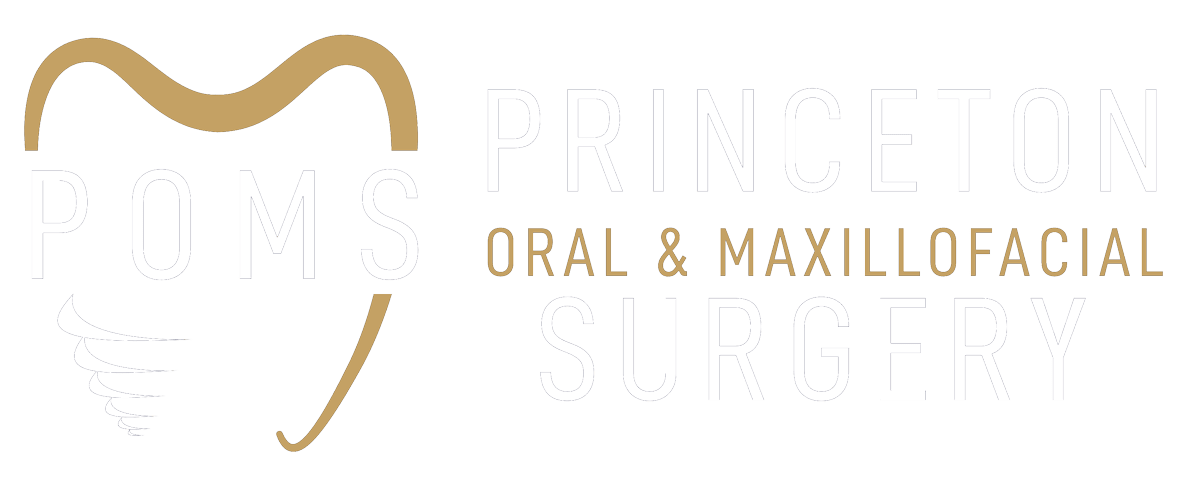FRENECTOMIES IN PRINCETON, NJ
Lip ties and tongue ties are two of the most prevalent problems in oral health care, and our team continues to study these issues on an ongoing basis. In addition to impacting one’s overall health and well-being, tongue and lip ties can cause behavioral conditions, developmental issues, speech impediments, and sleep disorders.
It is recommended to treat lip and tongue ties in infancy, but regardless of age, Princeton OMS uses the most up-to-date technologies, including laser therapy, to remove tongue and lip ties in a quick, painless process that only takes a few minutes.
What is the point of having a frenectomy?
There are several reasons why a child may need to have a frenectomy. One of the most common reasons for getting the procedure done is to improve the alignment of your child’s teeth. For example, if a baby tooth comes out too early and the frenum does not close up behind the space left by the lost tooth, the frenum can tug on the gums, causing the permanent tooth to become misaligned. Another common reason to get a frenectomy is to help correct a speech problem known as “lisp.” During speech therapy, to fix this problem, sometimes it is necessary to have portions of the frenum removed to help the child learn how to pronounce certain sounds more clearly.
Finally, a third reason children can have a frenectomy is to prevent them from undergoing orthodontic treatment later in life. If a child is born with a severely crooked smile or if their teeth begin to crowd as they grow, it may be necessary to have them undergo orthodontic treatment to correct the problems in the future. However, children who have a frenectomy at a young age are less likely to need braces later because they will not have as much excess tissue in the way as children who have not had the procedure done.
A frenectomy can be performed on infants or children as young as one year old. The procedure usually takes about 20 minutes to complete and does not cause significant patient discomfort. Once the procedure is complete, the dentist will place a bandage over the area where the surgery was performed.
What is the release procedure of a frenectomy?

The team at Princeton OMS uses state of the art laser technology that allows for exceptional visibility and accuracy for a full release of fibers that is impossible with scissors. If a tie is not fully released, as we’ve observed in various revision cases, issues may linger, causing ongoing problems. The procedure can be carried out just after birth and even into adulthood, and the sooner it is addressed, the fewer issues a child will have.
Frenectomies can be performed in our office with numbing jelly. Older children aware of the process were given some numbing medication and laughing gas and reported no discomfort. Younger children and babies typically cry more because we are working in their mouths rather than because they are in discomfort.
With minor bleeding, zero stitches, no sedation, and no general anesthesia, the laser eliminates the tight tissue. The release process typically lasts under a minute. Older children usually notice an instant difference in the tongue’s mobility after the surgery, and a baby can breast or bottle feed immediately. Speech often gets better within a few minutes to a few weeks, but working with a speech therapist is essential for the best outcomes.
After The Frenectomy
Once your child has a lip and/or tongue tie released, the most important thing to remember is that recovery is a team effort. A frenum’s release is merely a piece of the puzzle. The effectiveness of the treatment depends on the help of additional specialists like lactation consultants, speech therapists, and myofunctional therapists. Your child will require some time to adjust to the new mobility of the tongue and lip.

The tongue is a muscle that develops habits of operation just like any other muscle in the body. The body adjusts to getting around an obstruction when a tongue tie limits tongue function. Once the tie is released, the brain takes time to learn how to use the tongue effectively.
Parents often recognize a difference in newborns, but it’s also common not to detect a significant change in nursing. When the restriction is removed, there may occasionally be a brief regression in your child’s ability to feed for a day or two as their brains adjust to using their tongues normally. To address additional problems like torticollis (tight neck muscles) that can impair nursing, some infants require chiropractic care, physical therapy, or occupational therapy.
If the words “Frenectomy,” “Frenotomy,” “Tongue Tie repair,” “Tongue Tie surgery,” “Lip Tie repair,” or “Tongue Tie surgery” have been mentioned to you or your child who has trouble with tongue or lip ties, please give us a call at 609-834-3284 or complete the following form to schedule an appointment, and we’ll go over all the details with you and discuss treatment options.





